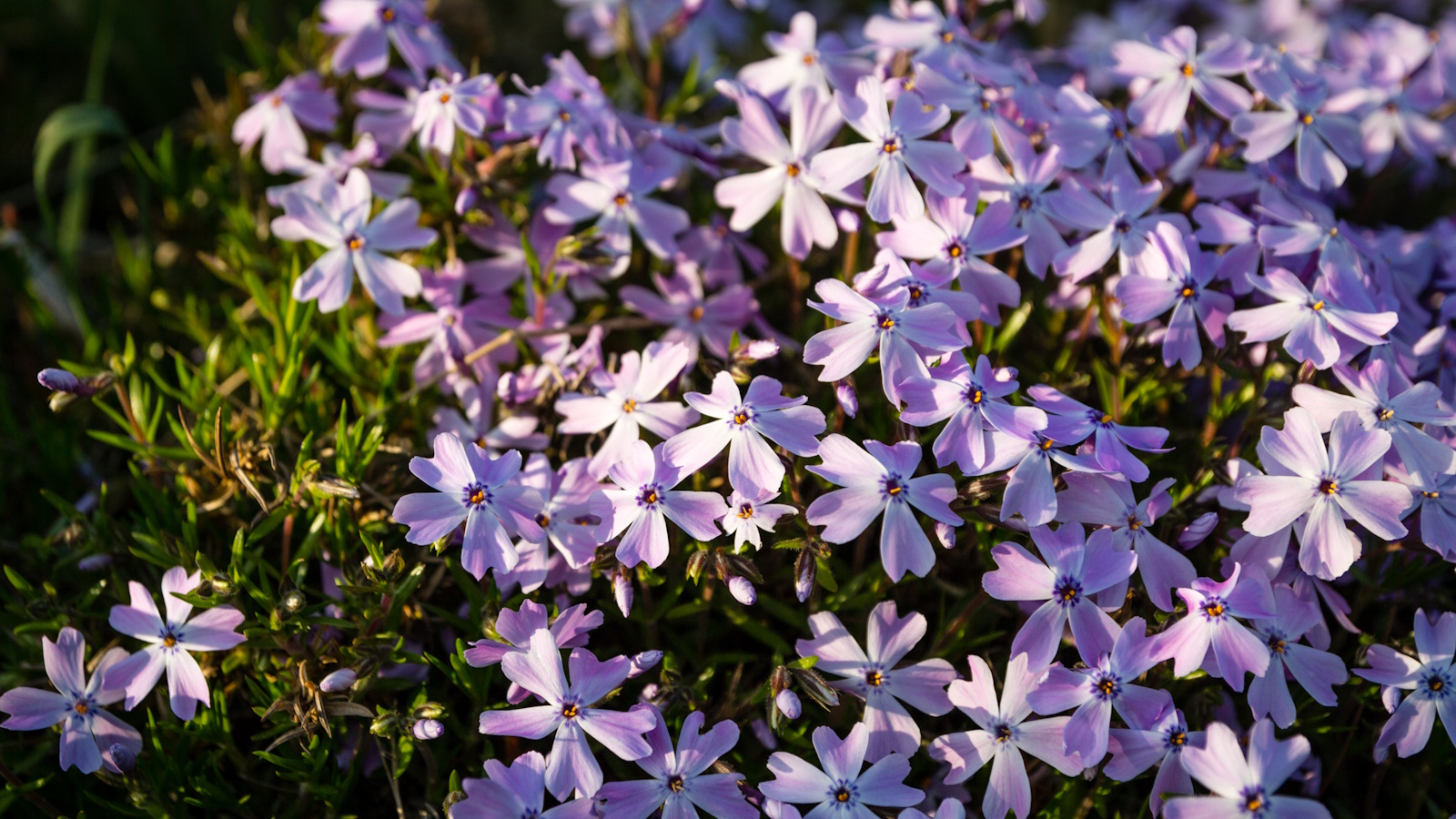
Weeding is a constant chore in most yards. While some gardeners find it satisfying - maybe even meditative - many struggle to keep up with fast-growing weeds throughout the growing season. You might be surprised to learn that the most effective way to suppress weeds isn't chemical sprays or hours of hand-pulling - it's growing dense, vigorous species that naturally prevent unwanted plants from taking over.
As a gardening professional, I have spent years battling nettles, dandelions, and docks. But time and again, I've found that the best way to stop weeds is to grow spreading ground covers, shrubs and perennials that fill borders and outcompete unwelcome plants. Fortunately for us, many native North American plants excel at this.
Here, garden experts reveal five of the best native plants to stop weeds, from low-maintenance evergreen ground covers to larger, flowering shrubs. So, why not add one or more of these plants to your yard this year - you might find that weeding becomes a much quicker and less painful exercise.
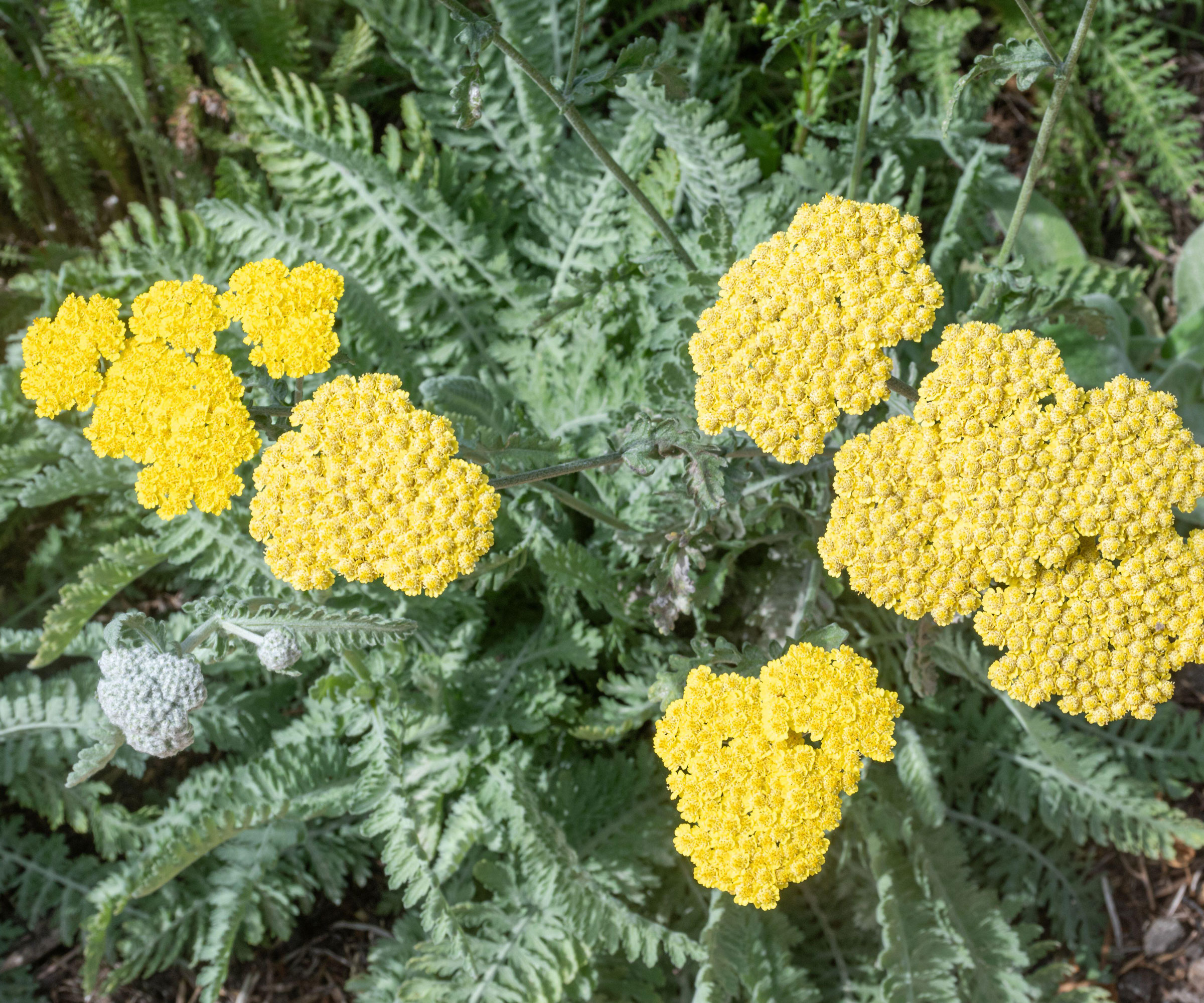
5 of the best native plants to stop weeds
Native planting is perfectly adapted to the region where it originates. Whatever soil, climate or US hardiness zone, native plants are tough, resilient and low-maintenance options that can be relied upon. When it comes to weed suppression, native species have an advantage, in that they are typically quick to establish and spread, and in doing so, outcompete invasive weeds. Here are five species to consider growing this year.
1. Creeping phlox
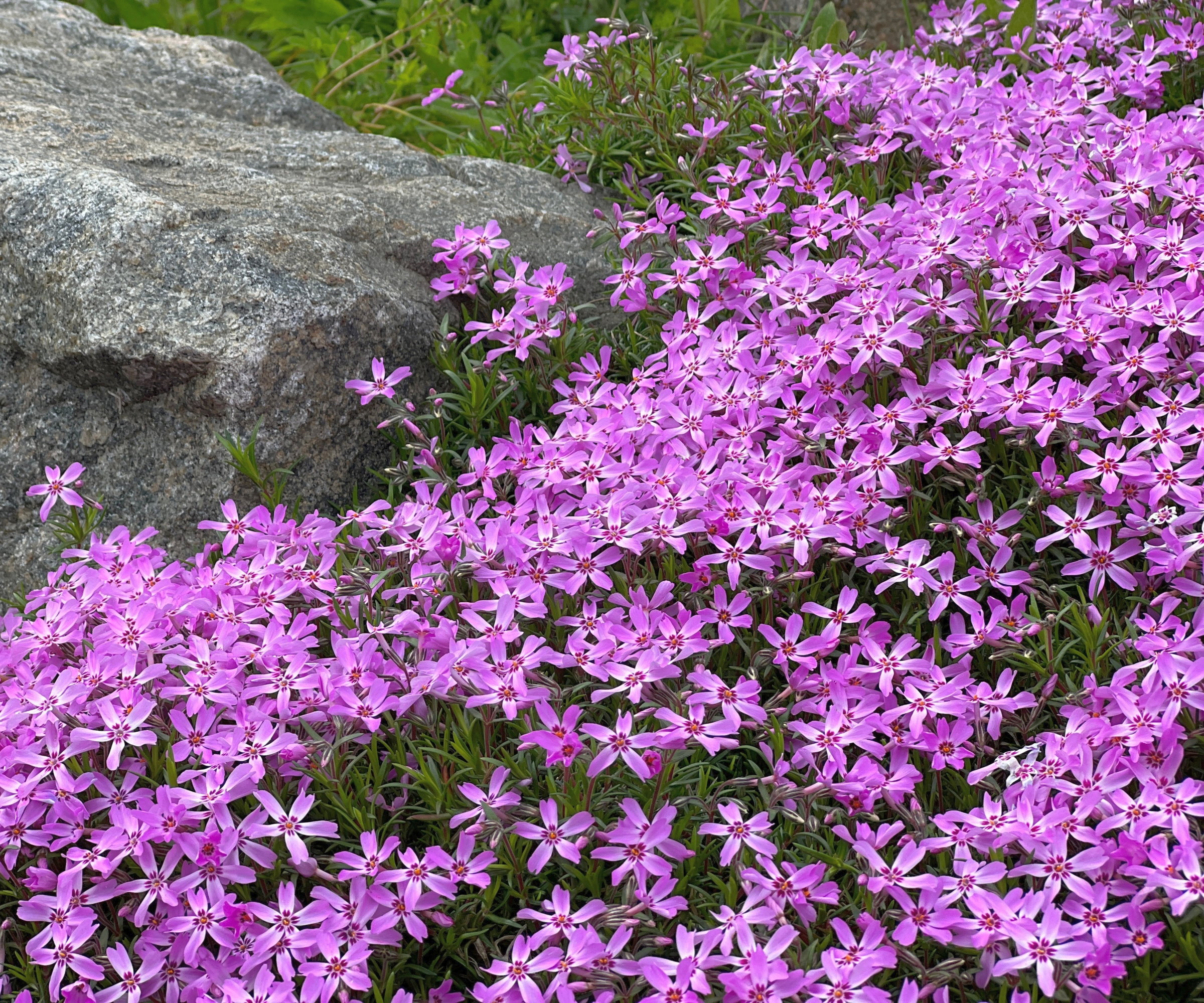
'Creeping phlox, or Phlox subulata, is native to the Northern Midwest regions of the US and throughout the Appalachian mountains,' says plant expert, Katie Sunderlage, who is based in Wisconsin. In terms of how to grow phlox, Phlox subulata is remarkably versatile and can do well as far north as zone 3 and as far south as zone 9.
'This low-growing ground cover has a dense, thick branching habit, perfect for keeping weeds at bay,' Katie says. 'It does very well in full sun locations. Just remember - the more sun the plant enjoys, the more flowers it will produce.
'Water weekly if rainfall is scarce to maintain evenly moist soil,' Katie says. 'Fertilizing is recommended in early spring to help promote prolific blooms. I tend to use a slow-release fertilizer that is formulated for flowering plants.
'It will grow to about 12 inches tall,' Katie says, 'so is perfect for filling borders or covering the earth under shrubs and trees. Once temperatures start to go up in summer, creeping phlox will brown and die back, only to reshoot in late summer or early fall as the mercury dips.'
Creeping phlox live plants are available from Amazon.
2. Yarrow
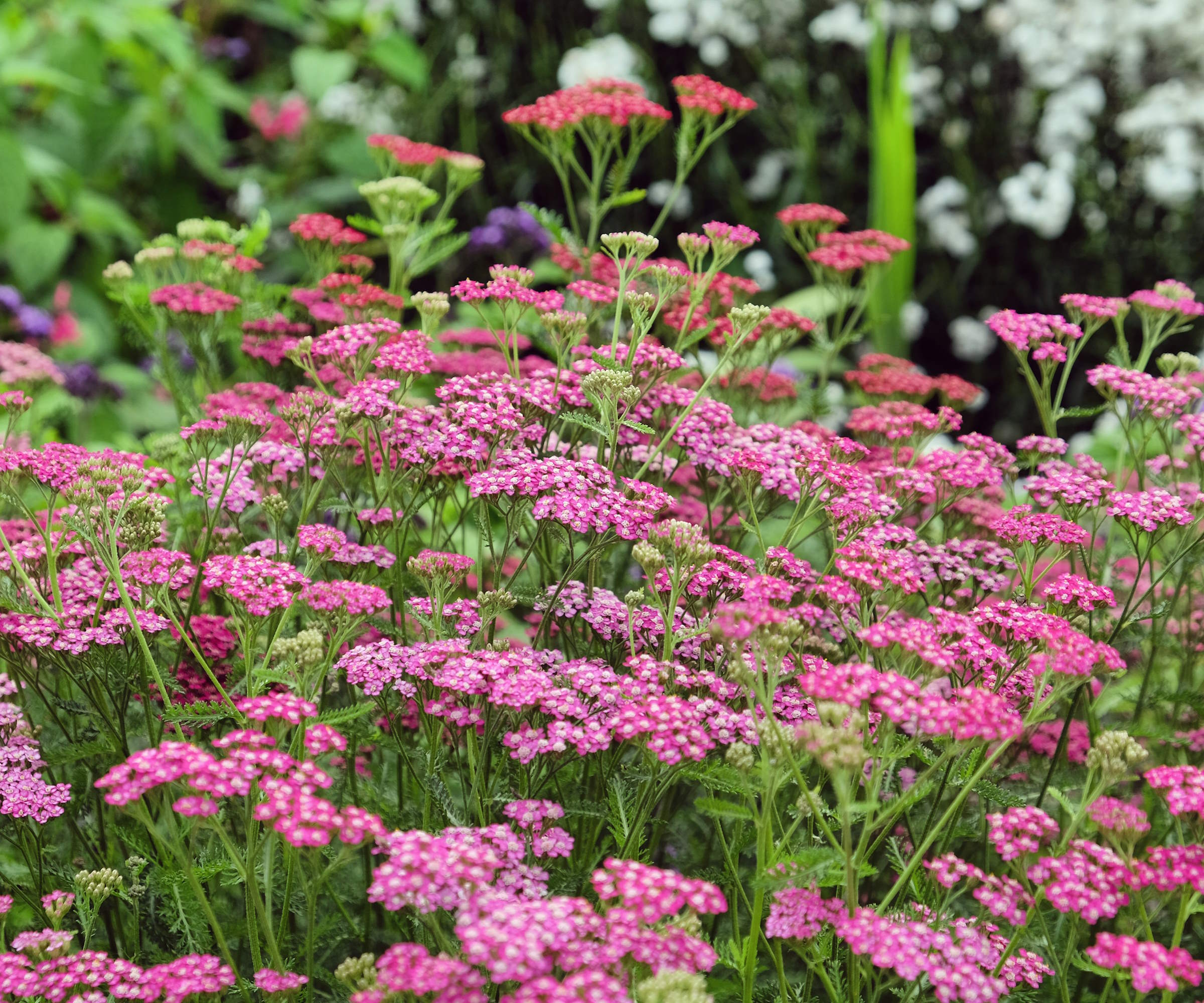
'Yarrow, or Achillea millefolium, is one of the best perennials to suppress weeds,' Katie says. 'It is native to much of the US and Canada and is hardy in zones 3 to 9. In mild regions, the crown of the plant will remain evergreen even through the winter months.
'When planted en masse, yarrow offers dense foliage and roots that help combat weeds,' Katie says. 'It grows to about three feet tall and comes in a wide variety of colors, including white, yellow and pink.'
'Millie Rose Rock' and 'Cerise Queen' are two pink varieties that always help to add impact to borders. There are many different varieties to try, and live achillea plants are available from Amazon.
'In terms of how to grow this full sun ground cover plant, yarrow does best in bright, open borders and prefers well-drained soil,' Katie adds. 'To keep yarrow blooming throughout the season, deadheading and pruning is recommended.'
These long-sleeved gloves are tough yet flexible, keeping you protected while completing your gardening tasks.
This organic plant fertilizer is formulated to encourage plants to produce plenty of flowers.
With a long, sharp blade, this hori hori knife is perfectly designed to remove the roots of problem plants and weeds.
3. Shrub roses
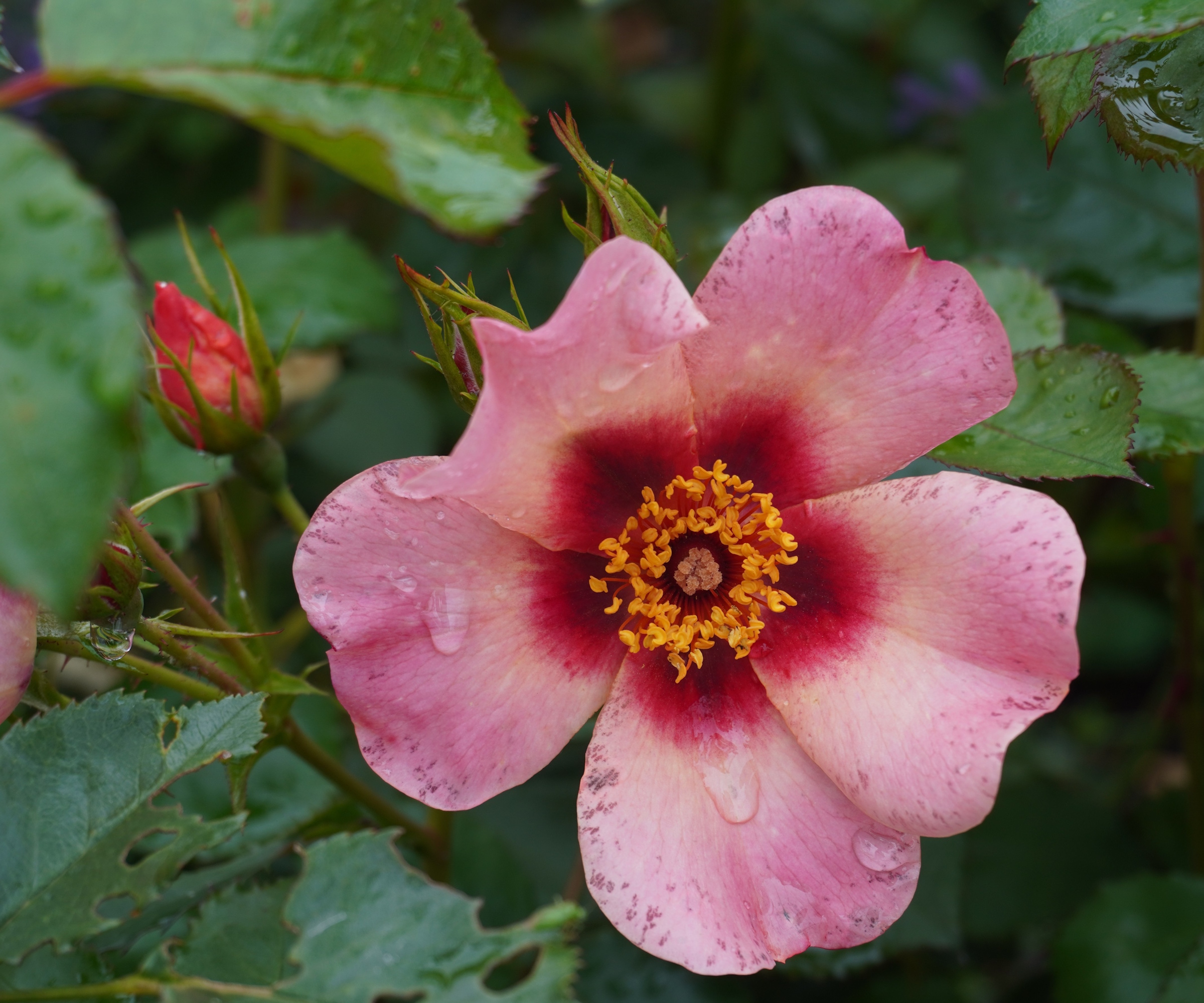
'Shrub roses tend to have a dense-growing habit, which makes them excellent for suppressing weeds in garden beds,' Katie says. 'We have many native roses that are among the easiest to grow, including California rose, Rosa californica, which can grow down to US hardiness zone 6 in sunny, open borders.
'Some rose varieties can spread up to 15 feet wide, making them an ideal ground cover for large spaces,' Katie adds. 'Most wild roses thrive in full sun for the best blooms but can tolerate partial sun as well.
'Plant roses in the spring or fall, avoiding the heat of summer when young plants may struggle to establish,' Katie says. 'During the first year, deep watering is a good idea to help your new plant grow.'
I suggest completing some mulching of your borders and beds regularly, either during spring or fall, which can also help to reduce weed growth while your roses develop. Try this pine bark mulch from Walmart.
4. Golden Groundsel
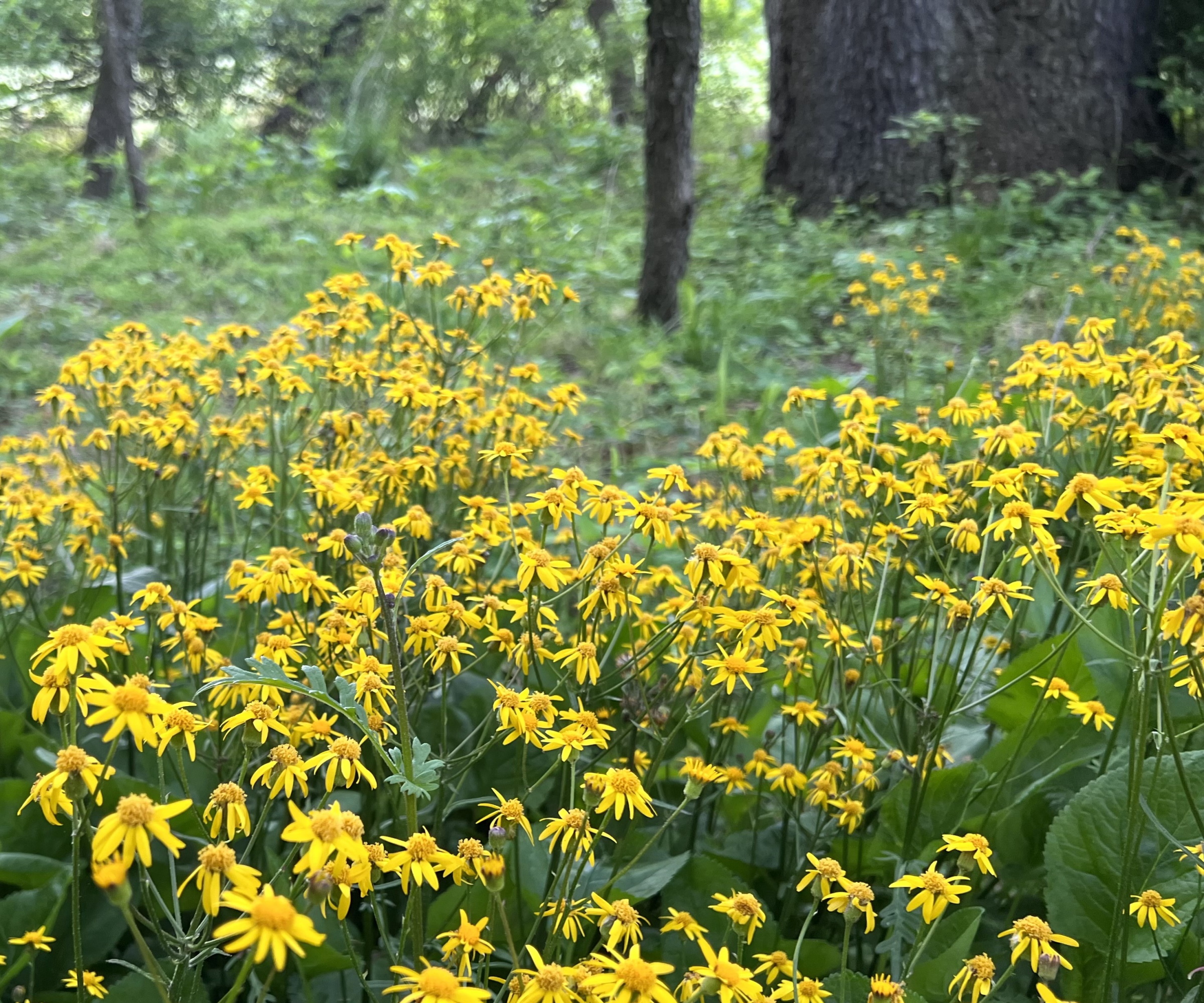
Golden groundsel, or Packera aurea, is a perennial wildflower that is native to eastern North America. If you are keen on growing ground cover plants to stop weeds and you want to add more naturalistic planting to your yard, golden groundsel is a good option.
'Packera aurea is one of the best native evergreen ground cover plants,' says Carolyn Walker, plant expert and owner of Carolyn's Shade Garden Nursery. 'It has lush foliage and bright yellow daisy-like blooms that flower atop three-foot stems for much of the growing season.
'It grows anywhere down to zone 3,' Carolyn says. 'Sun or shade, rich or poor soil, wet or dry. Over time, golden groundsel will naturalize, with vigorous basal growth creeping and forming a dense green carpet to suppress weeds.
'The real reason to grow golden groundsel, however, is that it is the ultimate plant for pollinators,' Carolyn says. 'It supports many different species of insects, bees, butterflies and birds with its nectar. Adding this to your yard is a no-brainer.'
5. California fescue
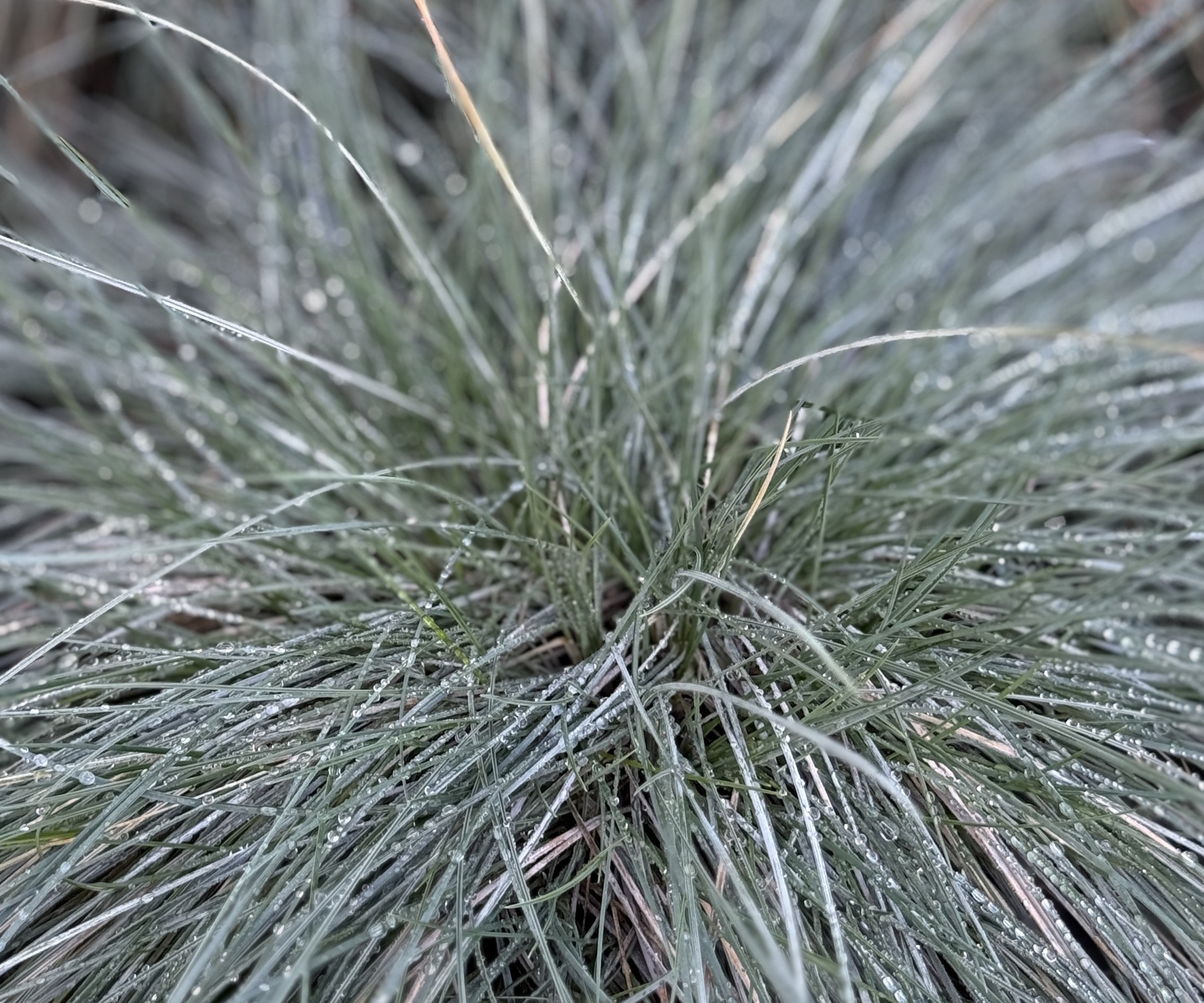
California fescue, Festuca californica, is a fast-growing perennial grass that is native to California and Oregon. 'This ornamental silver-blue grass grows in clumps that can often reach four feet tall,' says Maya Argaman, native plant expert and Horticulture Senior Program Coordinator at the California Native Plant Society.
'Festuca californica, like many grasses, is both tolerant and resilient,' Maya says. 'It can be grown from zones 7 to 11, with a preference for loamy or clay soils.'
For the best results, grow in full sun to part shade, and water two to three times per month while it establishes. Over time, the clumps will form dense coverings in your borders and become fairly drought-tolerant.
'Whether planted as ground covers, understory plants or as statement perennials, native grasses will help to suppress weeds from growing,' Maya says. 'What's more, there are many species to consider, so you are sure to be one to suit your yard.'
Why not consider also growing Bouteloua gracilis, or blue grama grass? Seeds are available from Amazon. With wonderful seedheads in fall, blue grama is a practical and impactful option to plant this year.
FAQs
What is a good native plant to stop weeds in a shady border?
For darker spots, try growing bunchberry dogwood, or Cornus canadensis, which is native to temperate woodland areas across North America. This low-growing deciduous dogwood plant has brilliant white blooms in spring and berries in the fall, and will prove popular with hungry garden visitors. It can be grown down to zone 3 and will tolerate cold winter weather without worry.
If you have an infestation of nettles or brambles, you might be tempted to use weeding fabric or chemicals. However, I would advise against either strategy. Keep sprays and plastic sheets out of your yard, and opt instead for a natural approach. While this might require a good amount of patience and determination, it will be worth it. Not only will your borders look full and colorful, but mammals, birds, bees and other pollinators will be drawn to your eco-friendly plot, too.
For more weed-suppressing planting ideas, see our guide on how to grow ground cover roses, to keep weeds out of your plot this year.







